USNI News asked its readers, “Who was the greatest woman in military history?” With more than 2,400 votes, the readers have responded. The answers spanned both time and geography, but when the results were tallied, the favorite was clear:
1. Joan of Arc
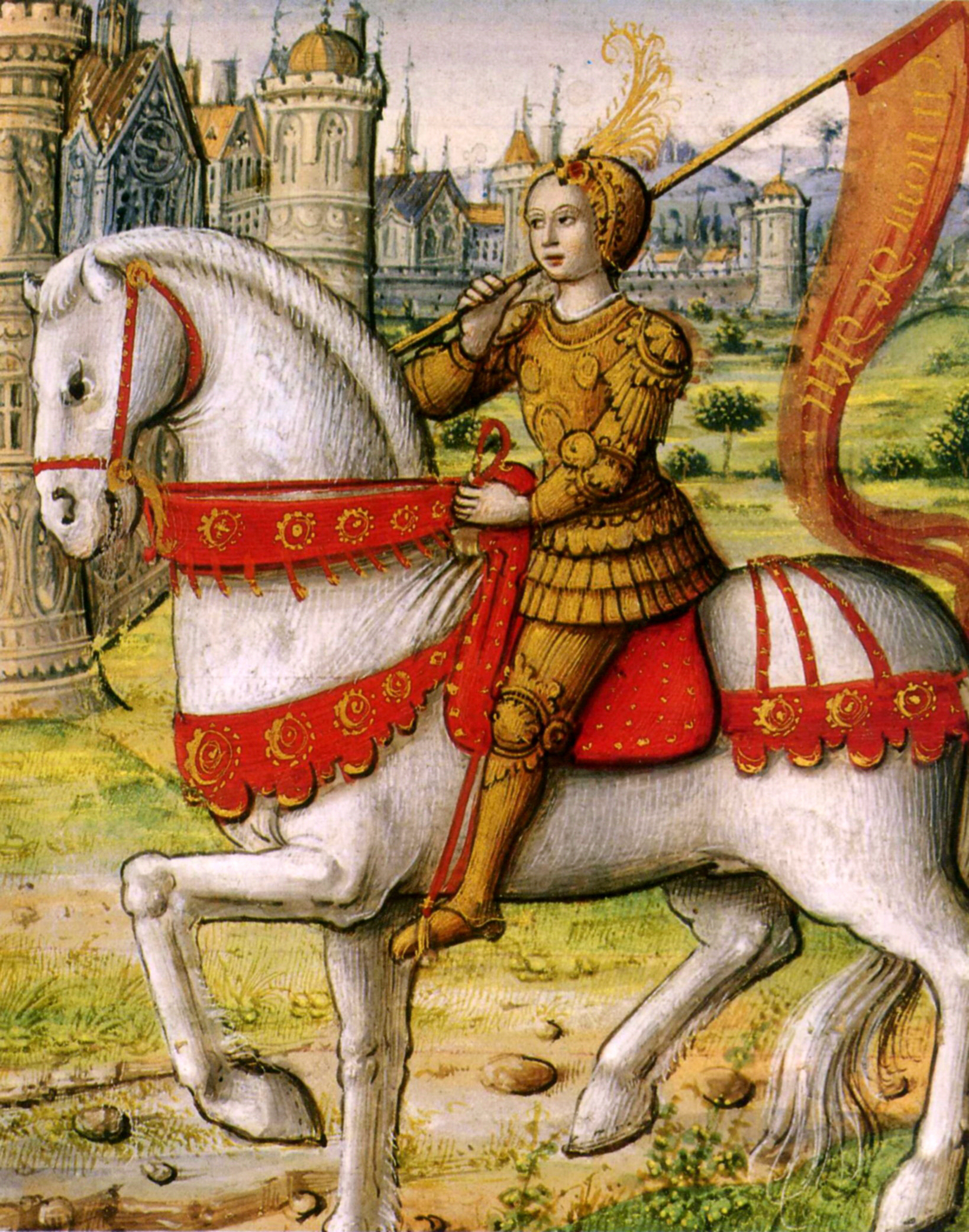
St. Jeanne d’Arc led the poll by an overwhelming margin. By the time of her birth in 1412, France had been decimated first by the Black Plague and then by an English invasion during the Hundred Years’ War. Defeated at Agincourt in 1415, the kingdom of France was held in the balance, and all depended on the city of Orleans. It was there that Joan of Arc made her mark. Believing she was instructed by God to take charge of the army of France and lead it to victory, her arrival led to the breaking of the siege nine days after her arrival. The stunning success led to her ennobling by Charles the Victorious and her appointment as a military adviser. Under he leadership, the French army captured Reims and Troyes. She was later captured by the English at Compiegne, tried for heresey and executed. Her legacy lived on though, and she was eventually canonized by the Catholic Church in 1920.
2. Queen Boadicea
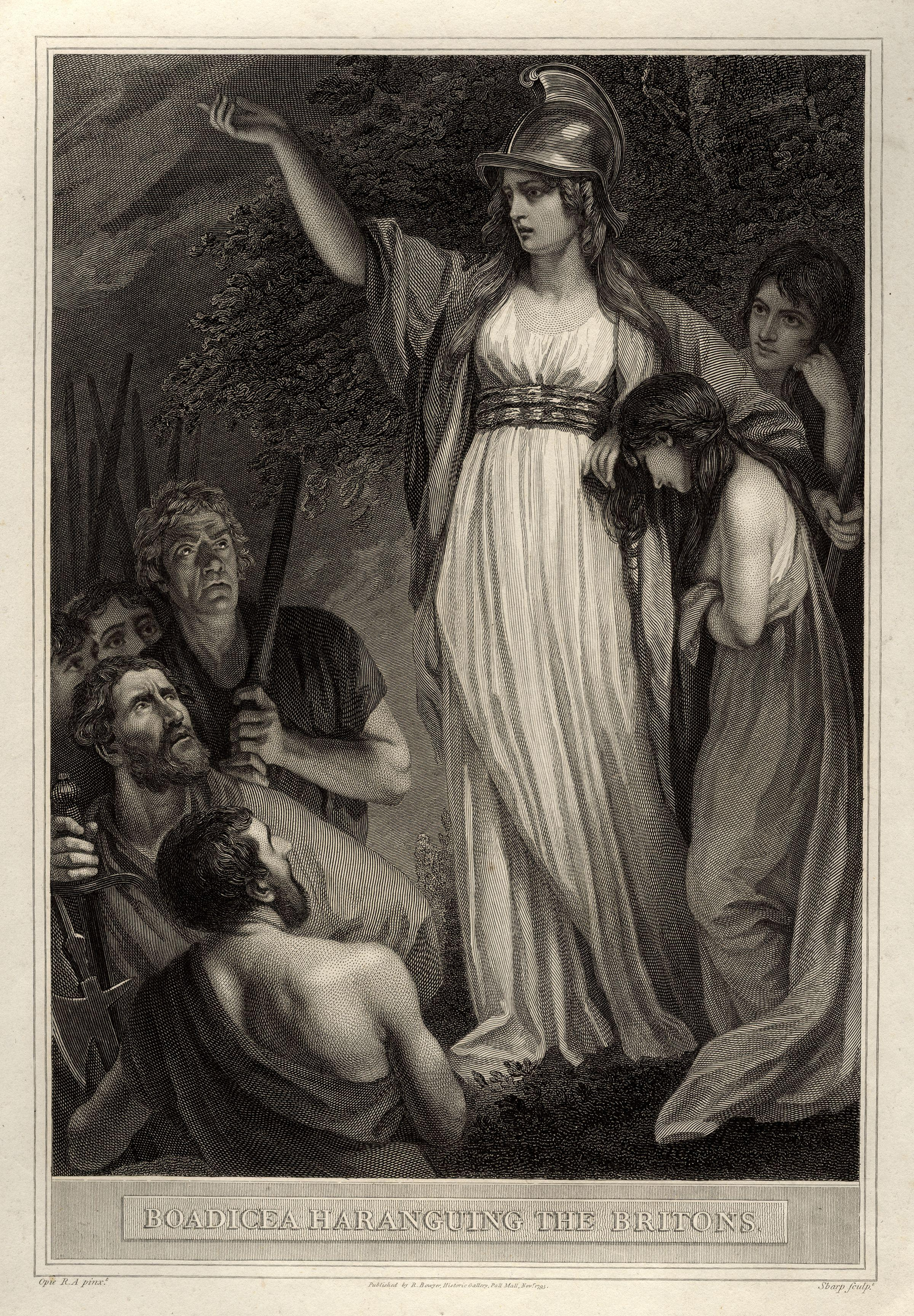
The second most popular response was Queen Boadicea (Boudicca), a fearsome warrior of the Celtic Iceni tribe of East Anglia who led a rebellion against the Roman Empire in about A.D. 60 or 61. Described by one respondent as one “who instilled martial bravery in men fearful of Roman military might,” Boadicea came to lead a tribe beset by the rapacity of a greedy Roman Empire.” Having enough of the empire, Boudicea led the Iceni to a great victory over the Legions of Rome at what is now Colchester, and later sacked and burned Londinium (London). Her ferocity almost convinced the Roman emperor Nero to abandon Britain, but her untimely death insured Roman control over the island for several more centuries. Nevertheless, her example continues to “inspire Britons almost 2,000 years later,” according to one response.
3. Queen Elizabeth I
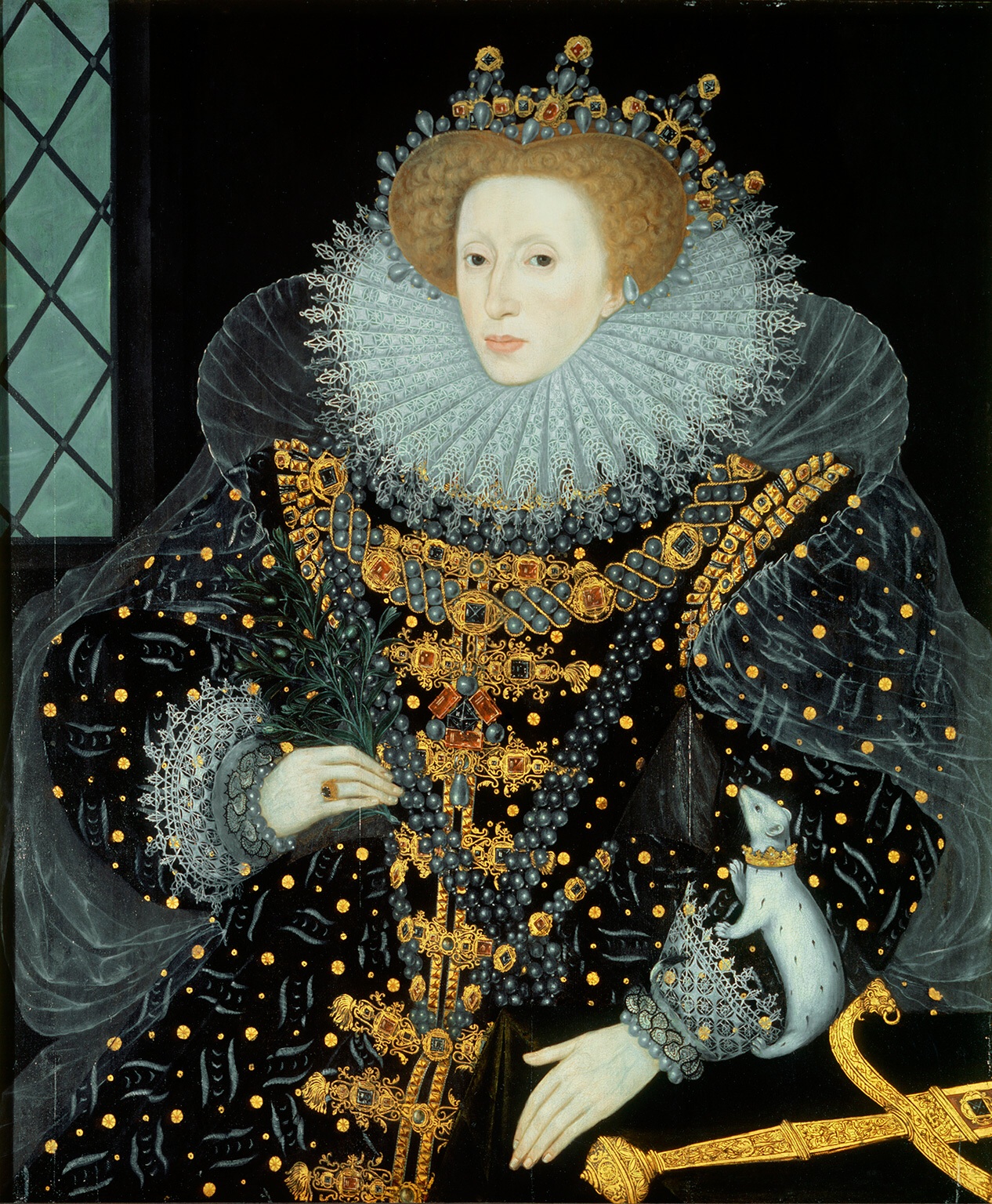
Another Briton takes third place, as readers recognized Elizabeth I of England. Daughter of Henry VII and Anne Boleyn, she broke away from the Catholic Church and thus earned England many enemies abroad. Ascending to the throne in 1558 at a young age, Elizabeth settled the religious question in what would become the United Kingdom with military might. Knowing the threat of invasion by Catholic continental forces—Philip II’s Spain chiefly among them—Elizabeth set about, in the words of one reader, “improving the ships and tactics of the Royal Navy.” Under her reign the Navy made, in the words of one marine archaeologist, “a giant leap forward in the way men fought at sea, years ahead of England’s enemies, and which was still being used to devastating effect by [Lord] Nelson 200 years later.”
4. Golda Meir
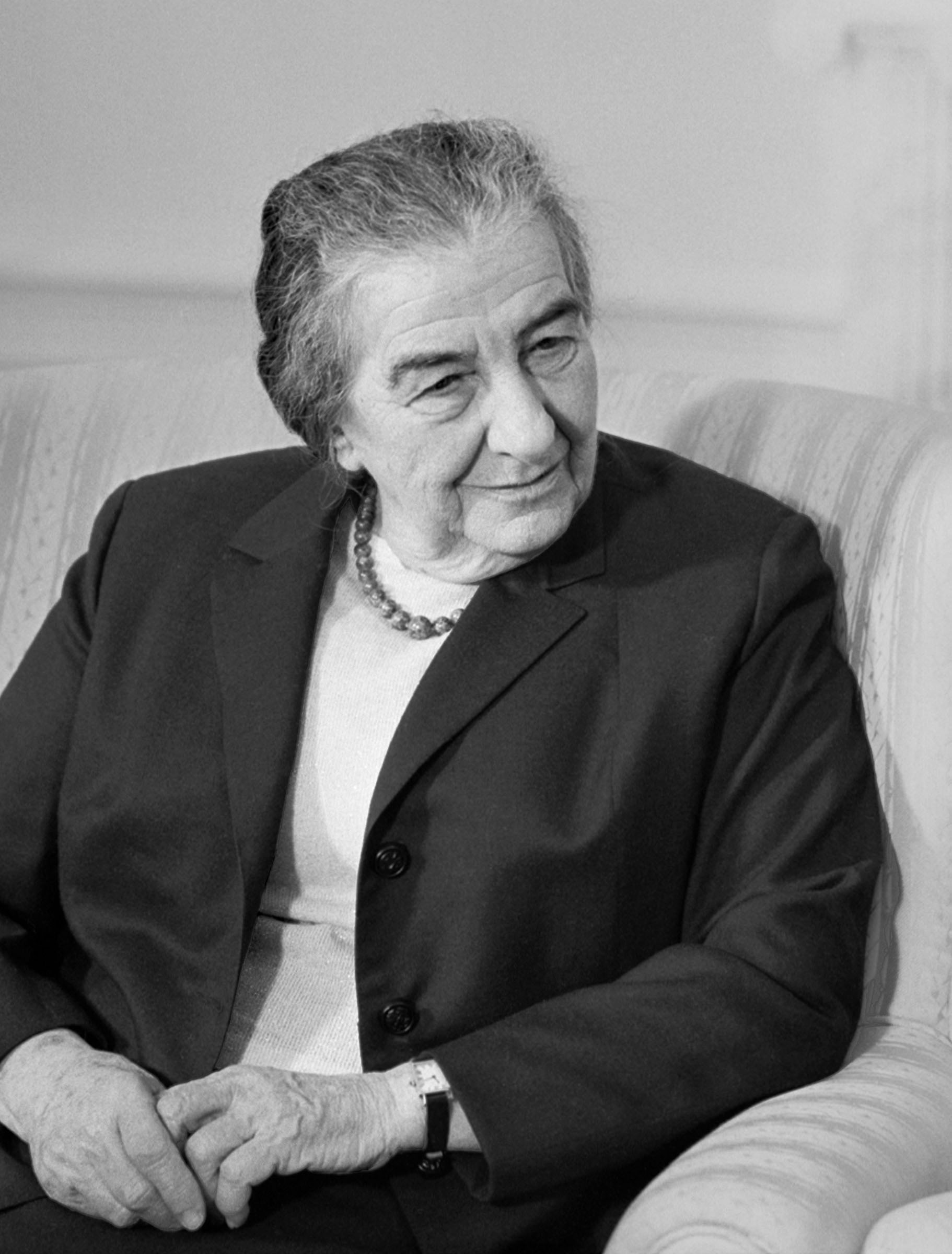
Israel’s prime minister from 1969 to 1974 was noted not just for leading her country through the Arab-Israeli War of 1973, but for her diplomacy both within Israel and without. First as foreign minister and later as secretary general of the Mapai Party, Meir worked tirelessly to overcome intraparty conflicts and maintain support for the fragile coalition government that emerged after the Six-Day War. That support-building for a common goal carried over into her tenure as prime minister, where she built coalitions within Israel as well as with other nations to press for peace in the Middle East. Meir was also one of the pioneers of the whole-of-government approach to conflict and policy implementation, in which she led the coordination of all agencies of Israel’s government toward the common goal of its national security.
5. Rear Adm. Grace Hopper, USN
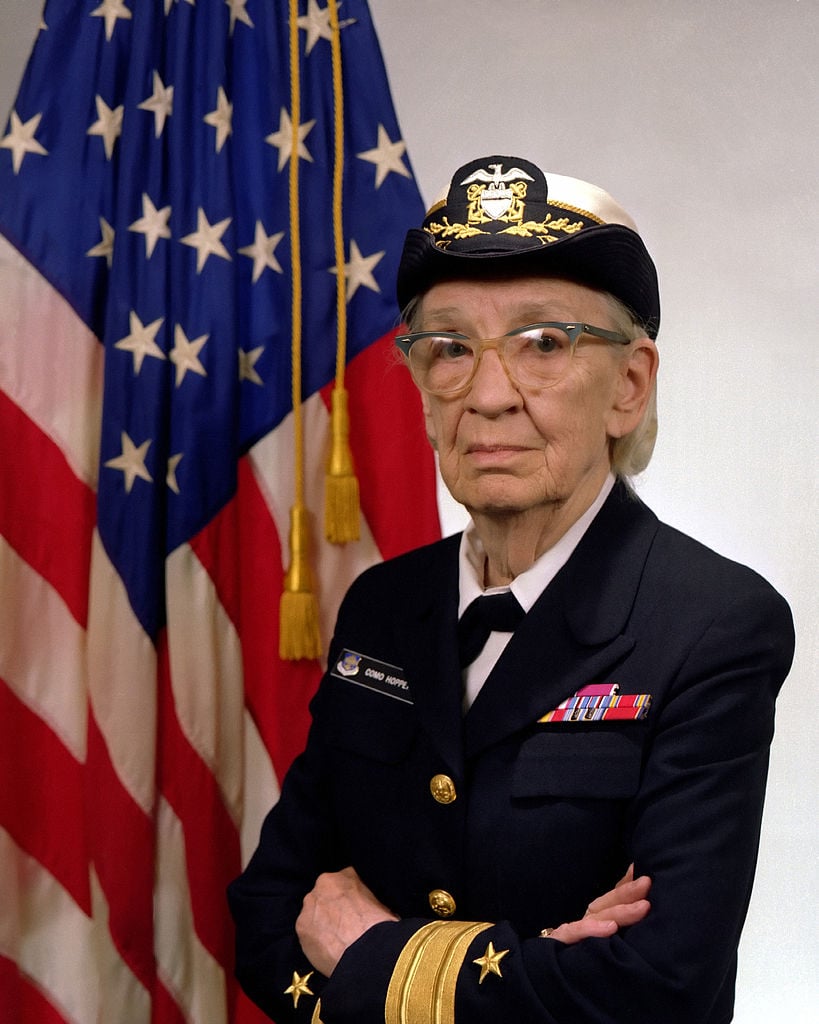
When Rear Admiral Grace Hopper retired from the Navy in 1986, she was the first female restricted line officer to reach flag rank and, at the age of seventy-nine, the oldest serving officer in the Navy. A mathematician by training who became a computer scientist, Hopper helped propel the Navy into the digital age after she joined the WAVES in World War II. Her pioneering work laid the foundations for computer science and modern networking. As one commentator succinctly put it, “As of right now, can any world military power/organization operate without using her technological breakthroughs?”
6. Queen Artemisia I of Caria

Artemisia was queen of the ancient city-state of Halicarnassus in the 5th century BCE. Allied with Xerxes I, she personally commanded the Persian naval fleet in the Battle of Salamis against the outnumbered Greeks in 480 BCE. Though the Persian fleet was ultimately defeated, Artemesia was praised for her natural command abilities and her tactical skills.
7. Queen Isabella I of Castile
 Readers recognized Isabella I not just for her decisive leadership in the unification of Spain, but also for completing the Reconquista of Spain from the Moors. After 10 years of war against the Emirate of Granada, the last vestiges of the Nasrid dynasty, which had ruled that part of Spain since the 1200s, came to an end with the surrender of Mohammed XII.
Readers recognized Isabella I not just for her decisive leadership in the unification of Spain, but also for completing the Reconquista of Spain from the Moors. After 10 years of war against the Emirate of Granada, the last vestiges of the Nasrid dynasty, which had ruled that part of Spain since the 1200s, came to an end with the surrender of Mohammed XII.
8. Florence Nightingale
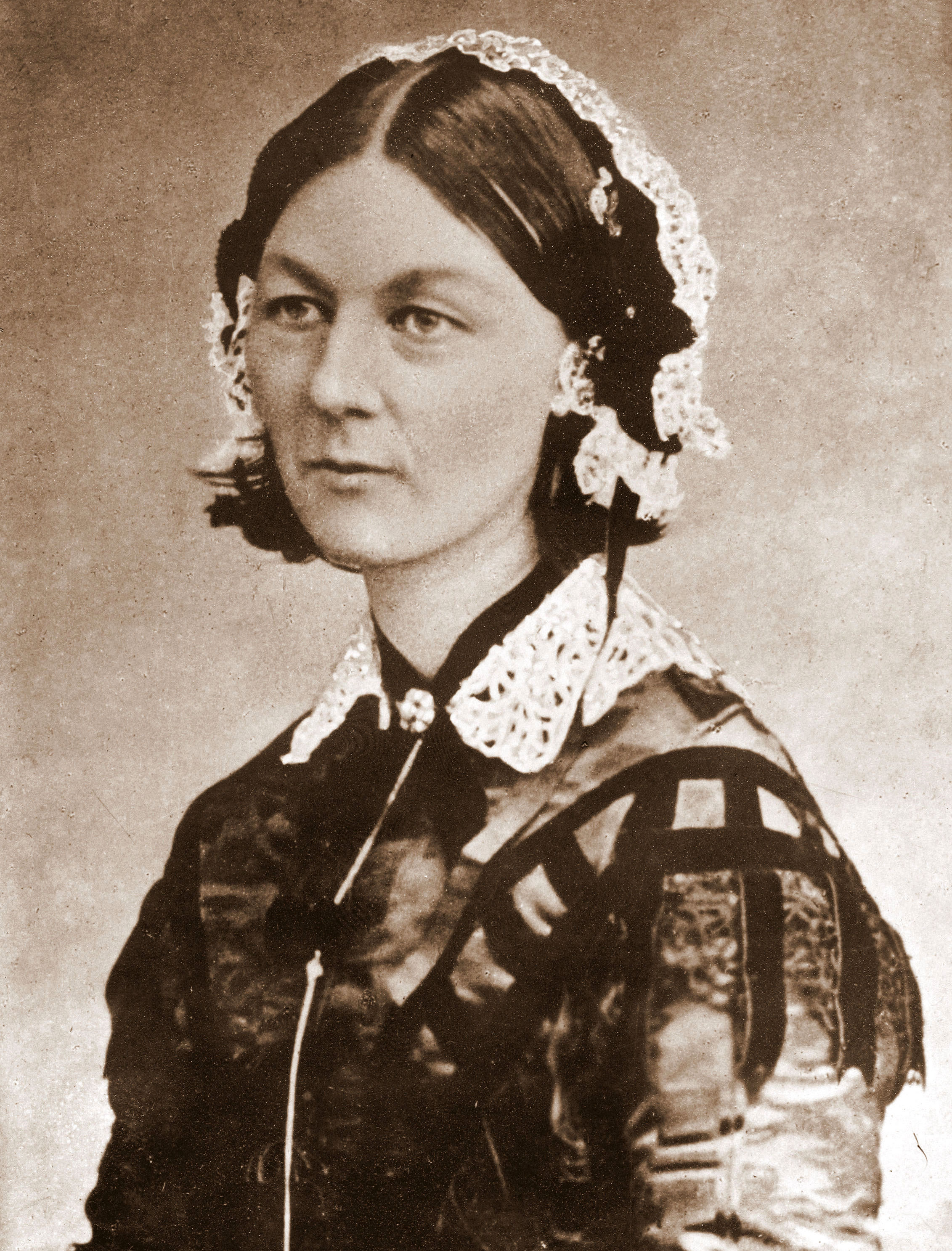 Coming to fame during the Crimean War, Nightingale and her corps of nurses were deployed combat the horrific conditions for soldiers wounded on the battlefield. Under her leadership, basic hygienic practices were restored and official support enlisted to reduce the death rate and improve living conditions at army hospitals. Her pioneering work showed the vital importance of proper battlefield medical treatment and that it “maintains the integrity of an army and extends its life as a battle force.”
Coming to fame during the Crimean War, Nightingale and her corps of nurses were deployed combat the horrific conditions for soldiers wounded on the battlefield. Under her leadership, basic hygienic practices were restored and official support enlisted to reduce the death rate and improve living conditions at army hospitals. Her pioneering work showed the vital importance of proper battlefield medical treatment and that it “maintains the integrity of an army and extends its life as a battle force.”
9. and 10. Lyudmila Pavlichenko and Lilya Litvak
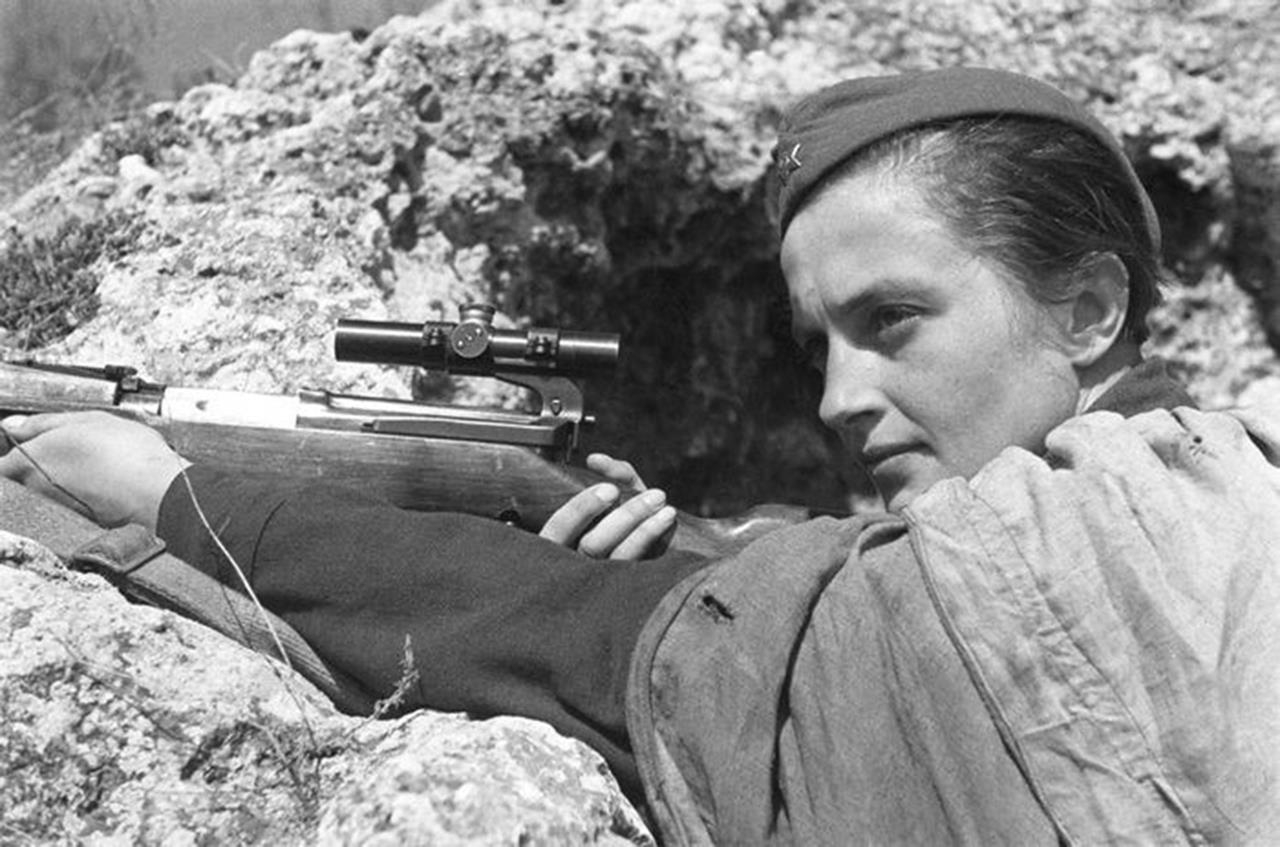
The last two women readers recognized fought for the Soviet Union in World War II. Major Lyudmila Pavlichenko, an amateur sharpshooter, was one of the first volunteers to join the Red Army at the outbreak of war in June 1941. One of almost 2,000 female snipers in the Soviet army, Pavlichenko made an astonishing 309 confirmed kills during the year she saw combat, after which she became a goodwill ambassador to other Allied nations and a sharpshooting instructor.
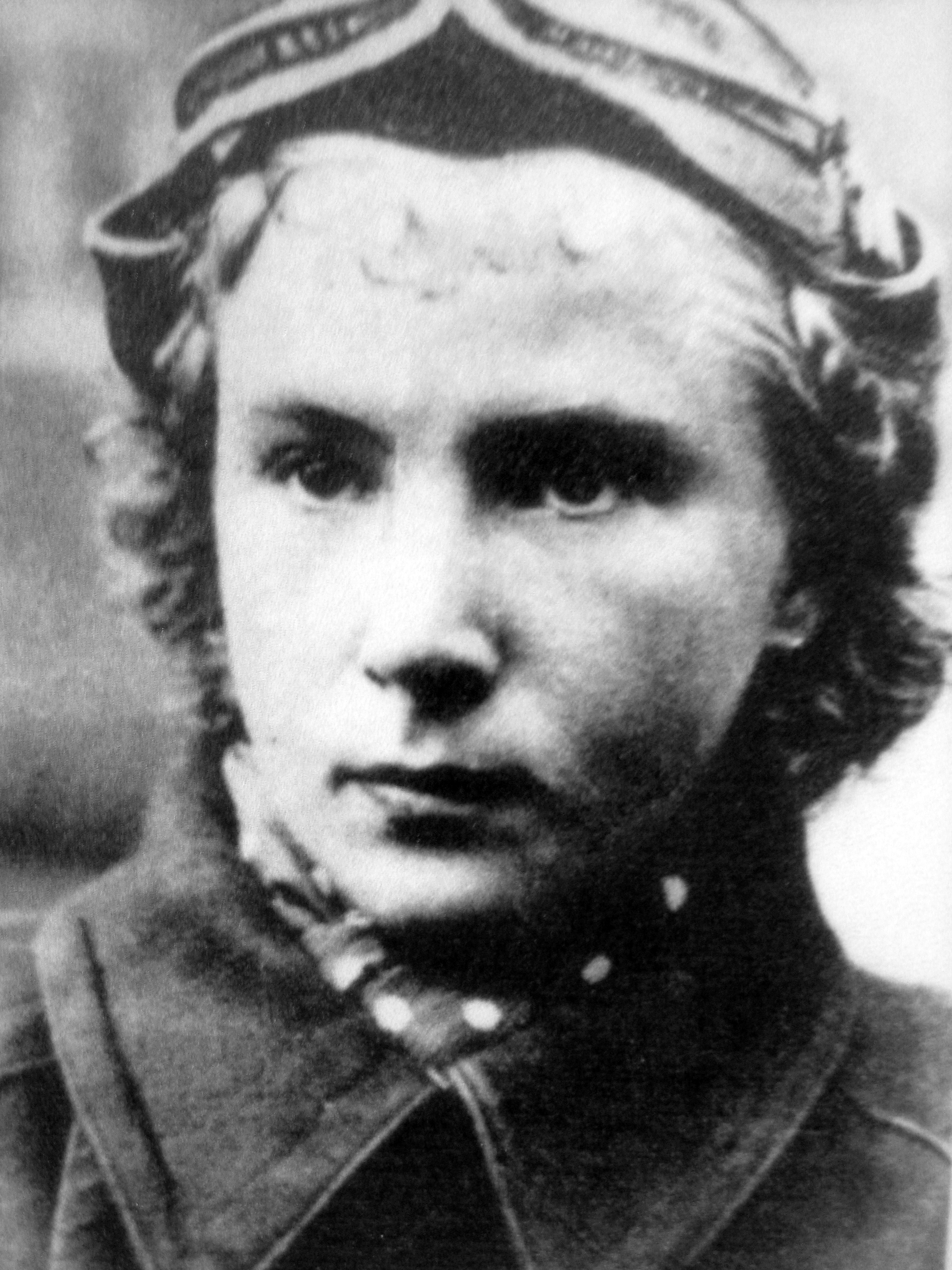
Senior Lieutenant Lilya Litvak served with the Soviet air force from 1941-1943, during which time she achieved 12 solo victories over German aircraft and became the first female fighter ace. To this day she holds the record for the largest number of kills by a fighter pilot. As a teenager, she was a flight instructor, and she joined the all-female 586th Fighter Regiment under Marina Raskova. Her daring exploits were heralded by the Soviet press and earned her a number of accolades and the nickname—“The White Rose of Stalingrad.” Shot down and killed in 1943, Litvak served as an inspiration to many other women who served in the Soviet air force during the war.





